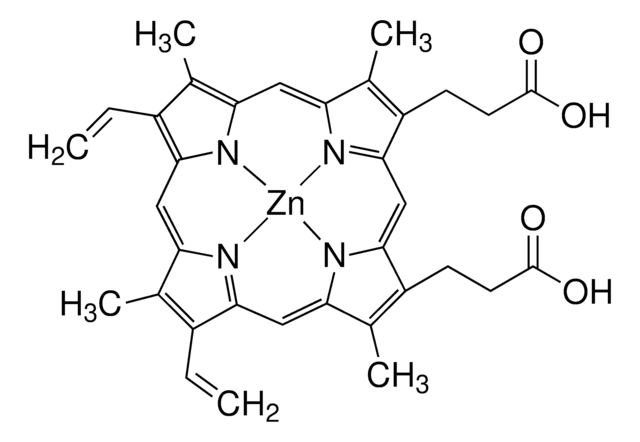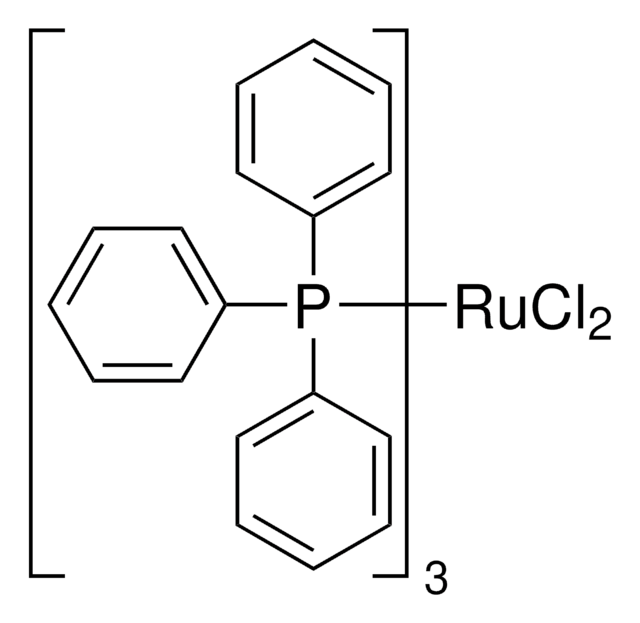288144
Tricarbonyldichlororuthenium(II) dimer
Sinônimo(s):
CORM-2
Faça loginpara ver os preços organizacionais e de contrato
About This Item
Fórmula linear:
[Ru(CO)3Cl2]2
Número CAS:
Peso molecular:
512.01
Número MDL:
Código UNSPSC:
12161600
ID de substância PubChem:
NACRES:
NA.22
Produtos recomendados
adequação da reação
core: ruthenium
reagent type: catalyst
cadeia de caracteres SMILES
[C-]#[O+].[C-]#[O+].[C-]#[O+].[C-]#[O+].[C-]#[O+].[C-]#[O+].Cl[Ru]Cl.Cl[Ru]Cl
InChI
1S/6CO.4ClH.2Ru/c6*1-2;;;;;;/h;;;;;;4*1H;;/q;;;;;;;;;;2*+2/p-4
chave InChI
JYHHJVKGDCZCCL-UHFFFAOYSA-J
Aplicação
Carbon monoxide-releasing molecule used for pharamological studies including:
Used as a CO donor for reactive oxygen species mediated bacterial killing
- Enhancement of coagulation and attenuation of vulnerability to fibrinolysis
- Investigations of P2X4 as a possible target
- Possible modification of thrombus growth or disintegration
- Enhances fibrinogen as a substrate for thrombin
- Regulation of ion transport by gasotransmitters
Used as a CO donor for reactive oxygen species mediated bacterial killing
Tricarbonyldichlororuthenium(II) dimer can be used in the deuteration reaction for labeling secondary amines. It can also be used for the synthesis of racemization catalysts by reacting with cyclopenta[l]phenanthrenyl and cyclopenta[a]acenaphthylenyl ligands.
Palavra indicadora
Warning
Frases de perigo
Declarações de precaução
Classificações de perigo
Acute Tox. 4 Oral - Eye Irrit. 2 - Skin Irrit. 2 - STOT SE 3
Órgãos-alvo
Respiratory system
Código de classe de armazenamento
11 - Combustible Solids
Classe de risco de água (WGK)
WGK 3
Ponto de fulgor (°F)
Not applicable
Ponto de fulgor (°C)
Not applicable
Equipamento de proteção individual
dust mask type N95 (US), Eyeshields, Gloves
Escolha uma das versões mais recentes:
Já possui este produto?
Encontre a documentação dos produtos que você adquiriu recentemente na biblioteca de documentos.
Os clientes também visualizaram
Vance G Nielsen et al.
Basic & clinical pharmacology & toxicology, 122(1), 157-164 (2017-07-12)
Several in vitro investigations have demonstrated that anticoagulant effects of fibrinogenolytic snake venom metalloproteinases have been abrogated in human plasma by modifying fibrinogen with iron (Fe) and carbon monoxide (CO) to prevent catalysis or by directly inhibiting these enzymes with CO.
Roberto Motterlini et al.
Circulation research, 90(2), E17-E24 (2002-02-09)
Carbon monoxide (CO) is generated in living organisms during the degradation of heme by the enzyme heme oxygenase, which exists in constitutive (HO-2 and HO-3) and inducible (HO-1) isoforms. Carbon monoxide gas is known to dilate blood vessels in a
V G Nielsen et al.
Human & experimental toxicology, 36(7), 727-733 (2016-08-05)
Hypofibrinogenemia is an important clinical consequence following envenomation by Lachesis muta muta, usually attenuated or prevented by administration of antivenom. The venom of L. m. muta contains both a metalloproteinase fibrinogenase and a serine protease thrombin-like enzyme, and exposure of
Yu Jia et al.
Journal of Huazhong University of Science and Technology. Medical sciences = Hua zhong ke ji da xue xue bao. Yi xue Ying De wen ban = Huazhong keji daxue xuebao. Yixue Yingdewen ban, 36(6), 791-795 (2016-12-08)
Carbon monoxide (CO), as a vital small molecule in signaling pathways, is found to be involved in ischemia-reperfusion injury (IRI) in renal transplantation. CO-releasing molecule-2 (CORM-2), a CO-releasing molecule, is a type of metal carbonyl complexes which can quickly release
Po-Min Yang et al.
Vascular pharmacology, 87, 209-218 (2016-10-11)
The production of nitric oxide (NO) by endothelial NO synthase (eNOS) plays a major role in maintaining vascular homeostasis. This study elucidated the potential role of carbon monoxide (CO)-releasing molecules (CORMs) in NO production and explored the underlying mechanisms in
Nossa equipe de cientistas tem experiência em todas as áreas de pesquisa, incluindo Life Sciences, ciência de materiais, síntese química, cromatografia, química analítica e muitas outras.
Entre em contato com a assistência técnica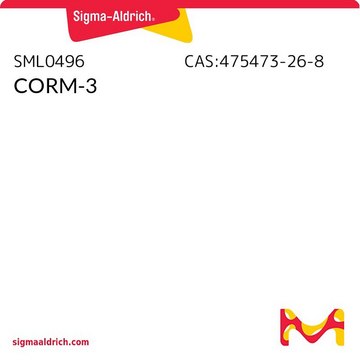

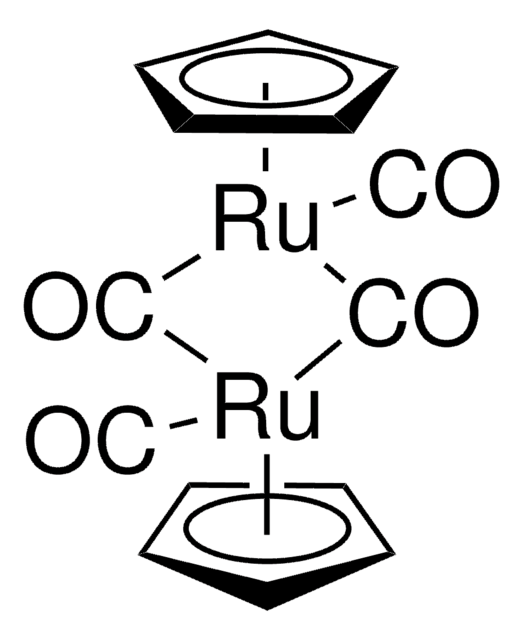
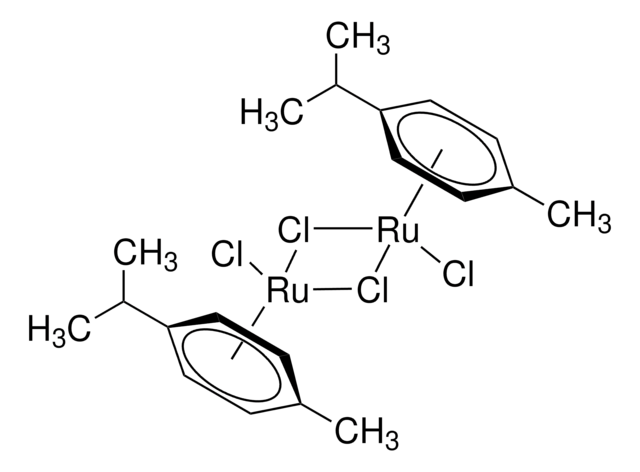
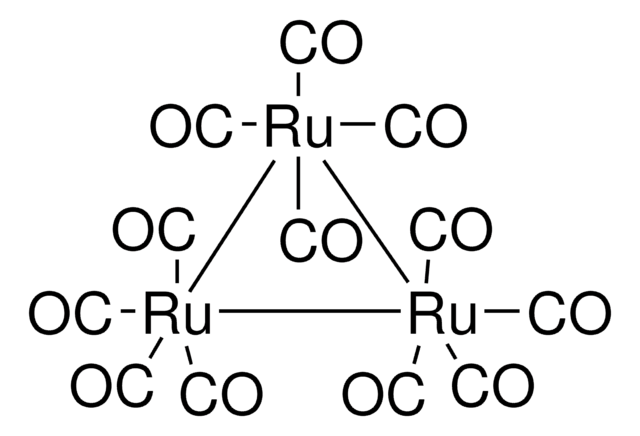

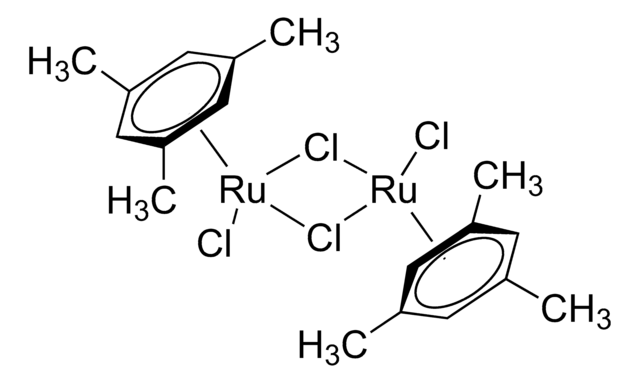


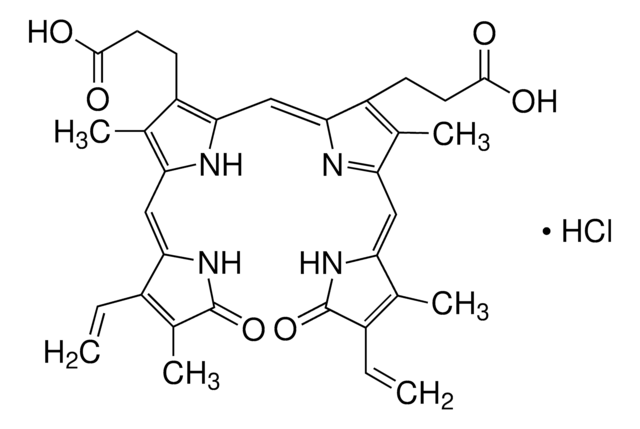
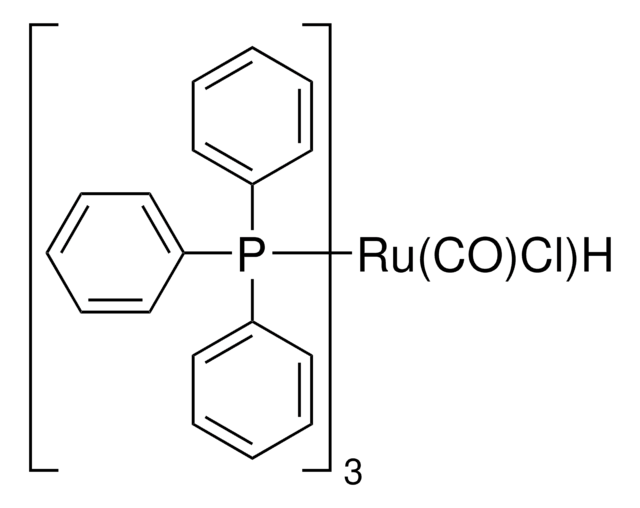
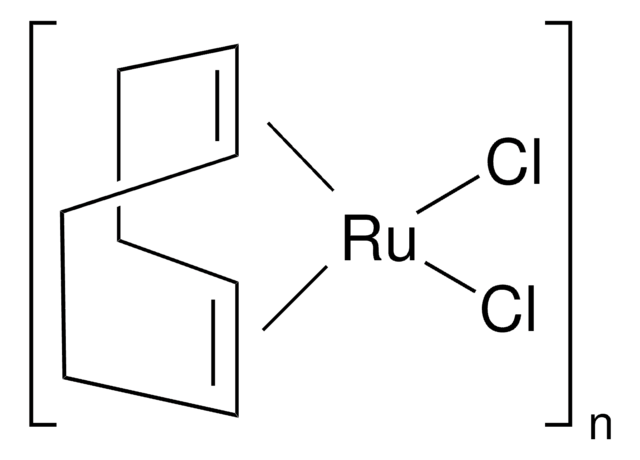
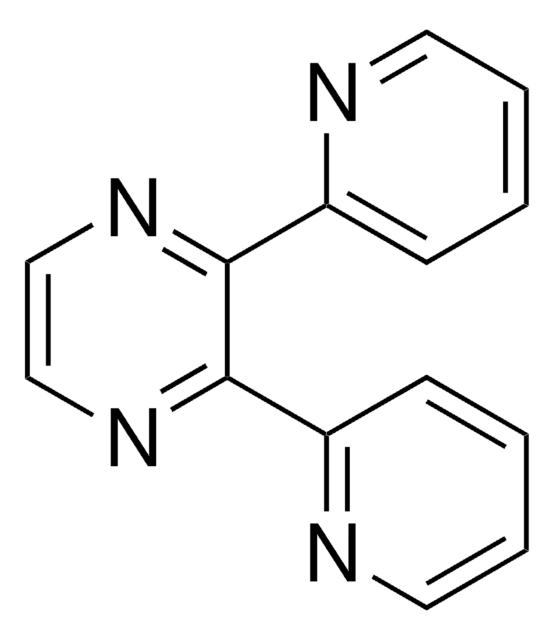
![[Ru(phen)3]Cl2 ≥95%](/deepweb/assets/sigmaaldrich/product/structures/955/596/46f63eaa-39f8-4058-847d-cef0862ada92/640/46f63eaa-39f8-4058-847d-cef0862ada92.png)

